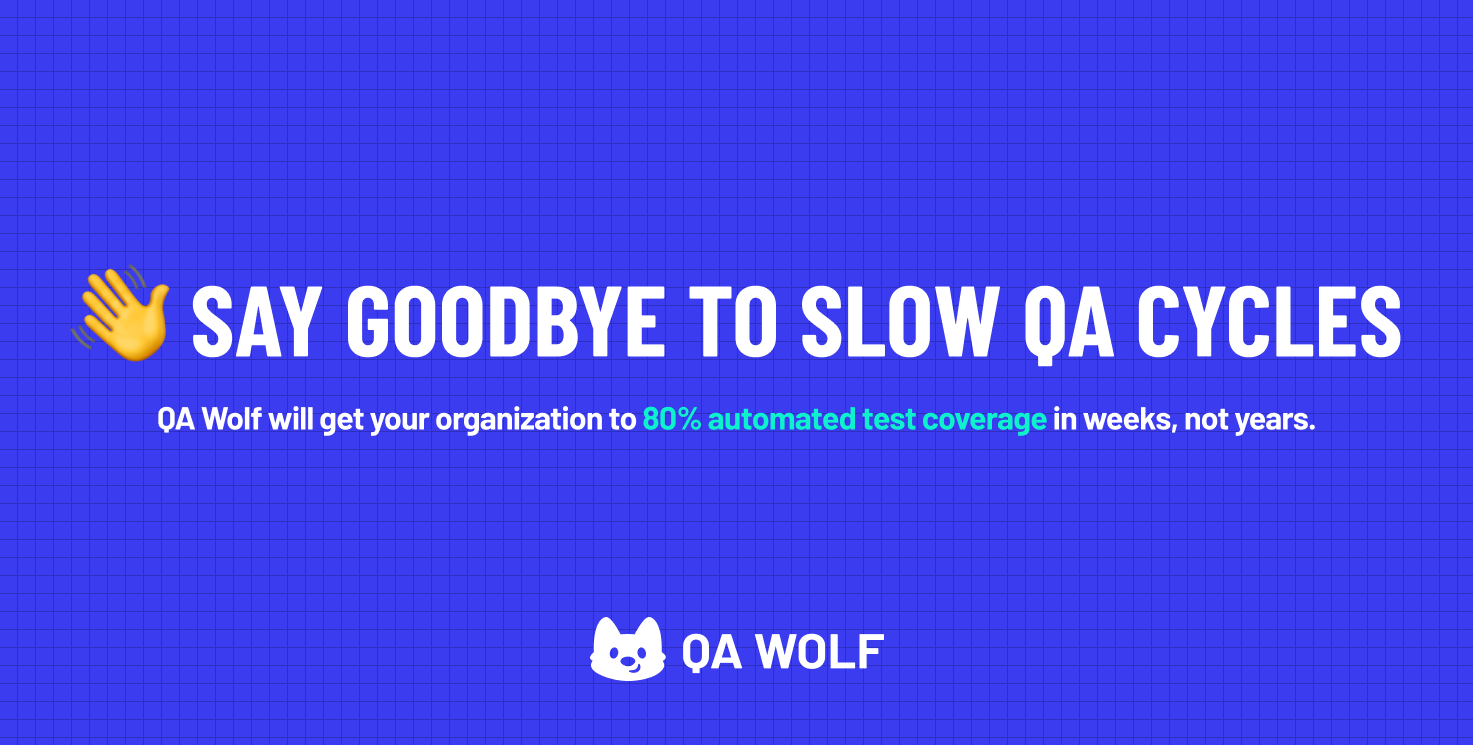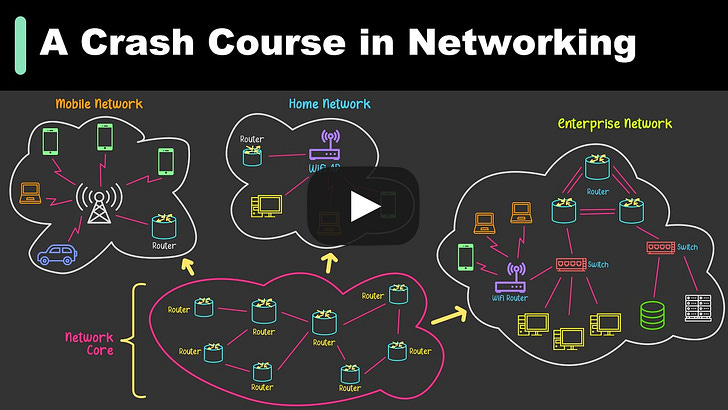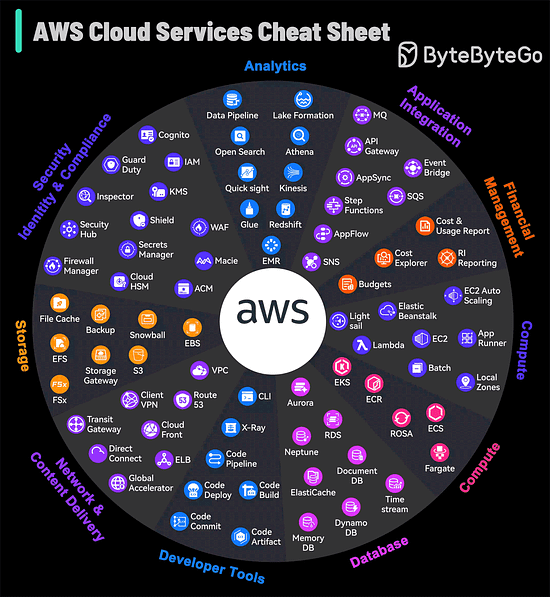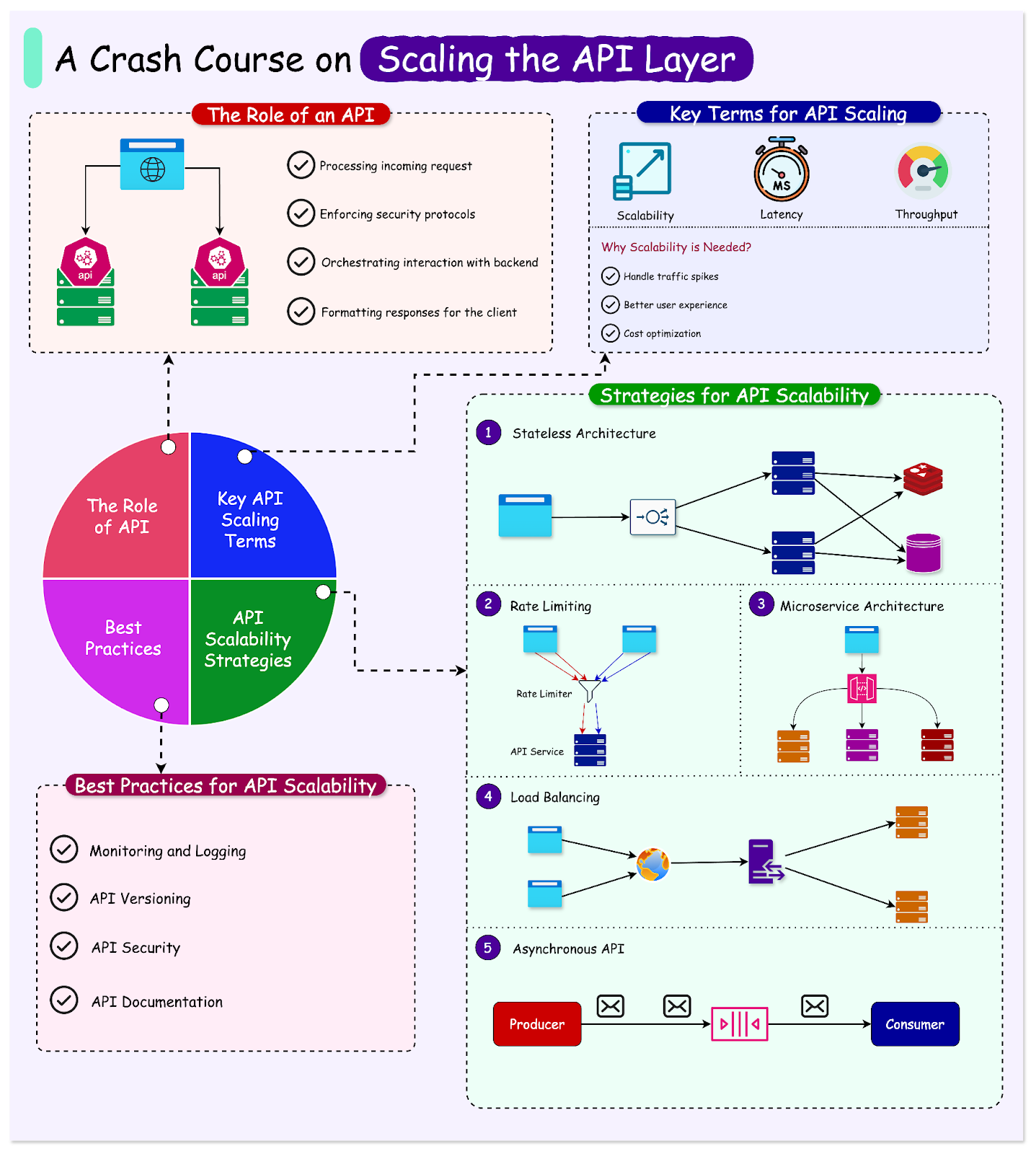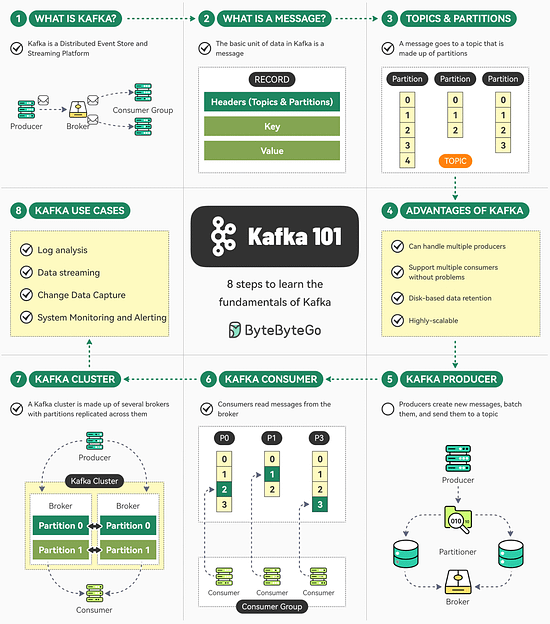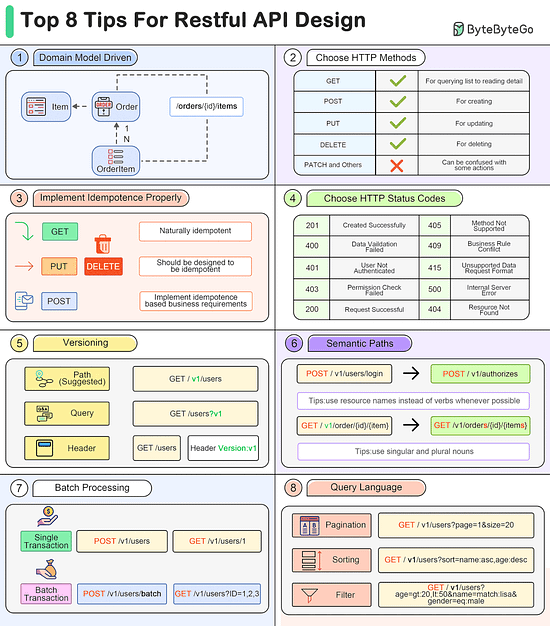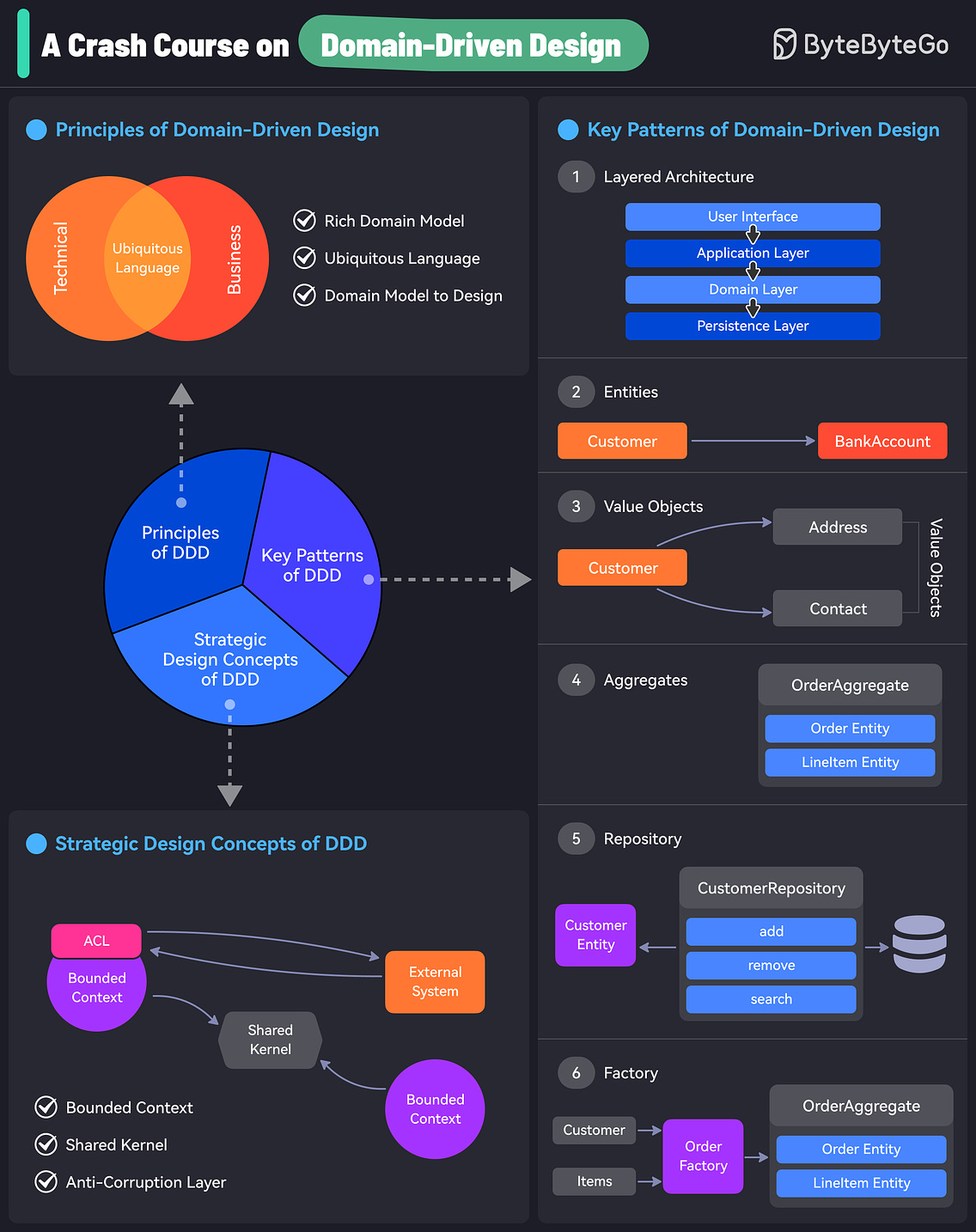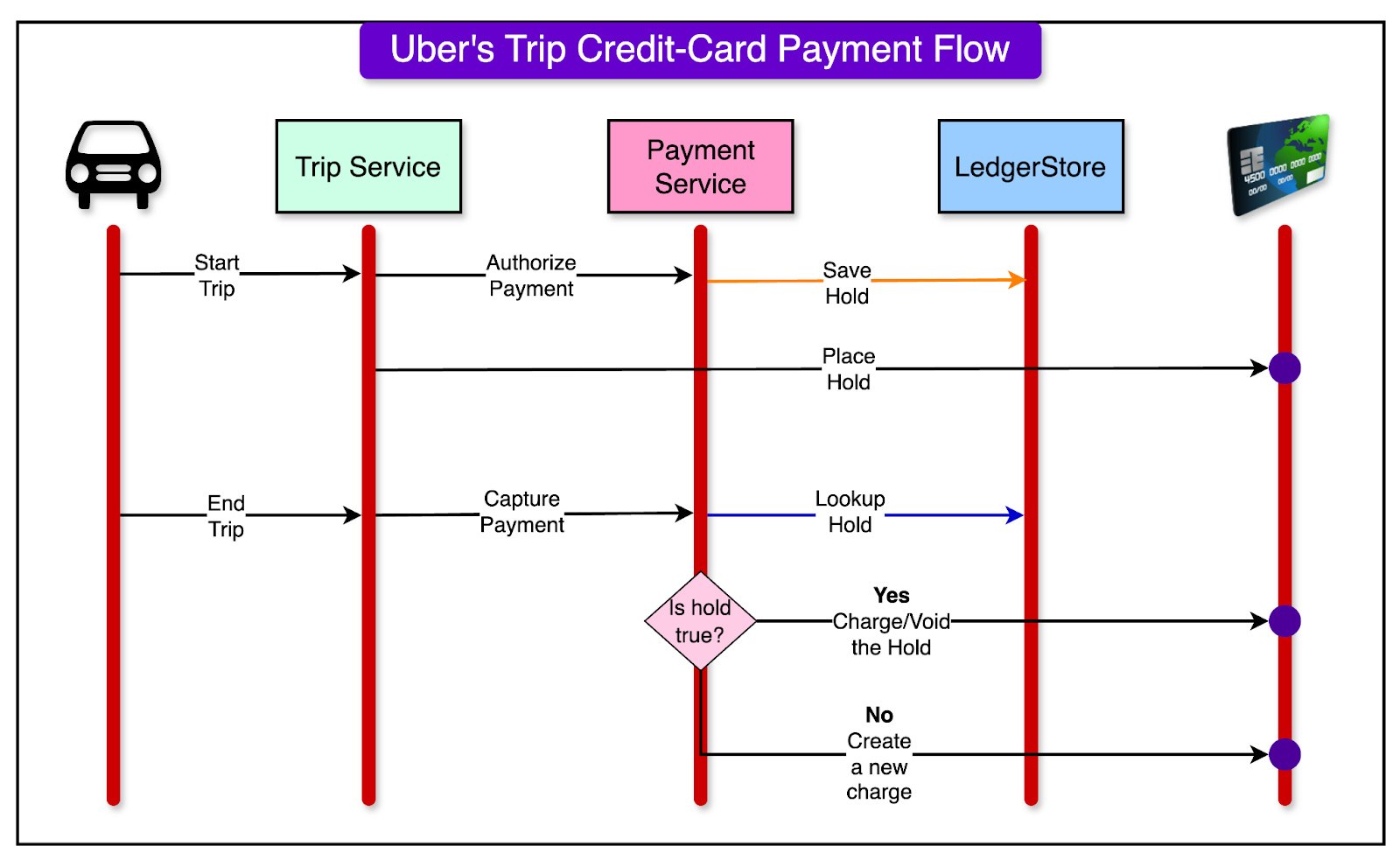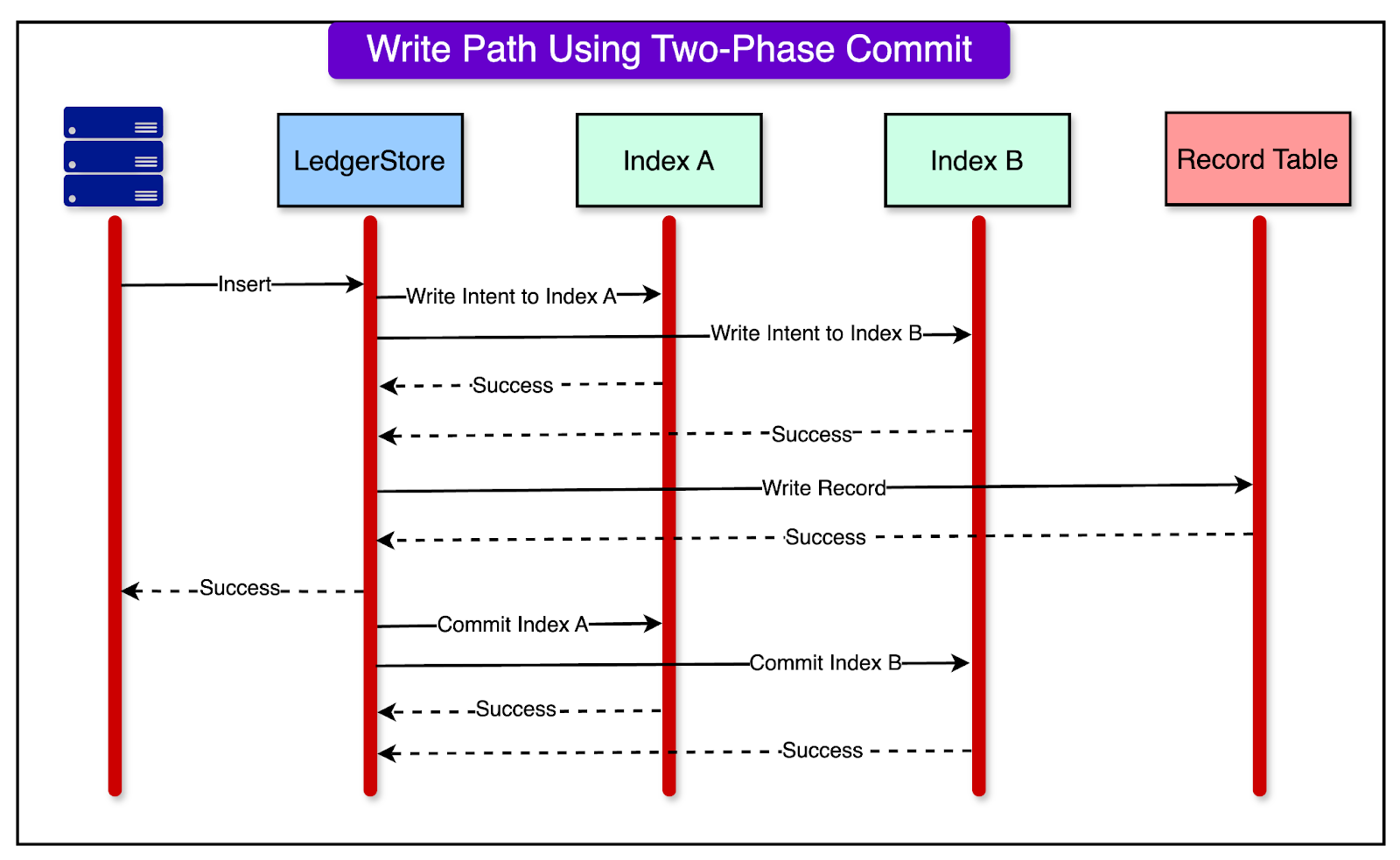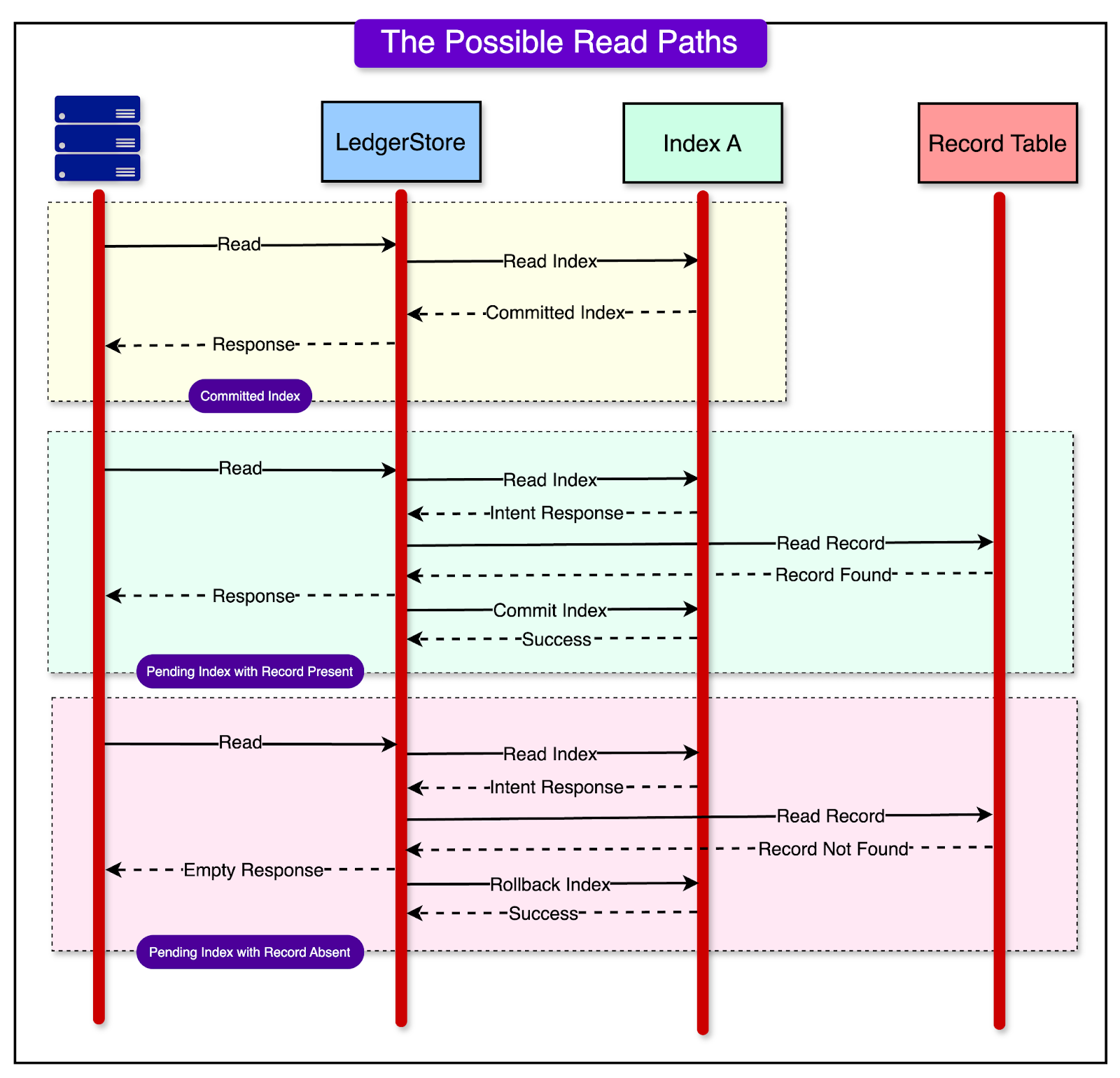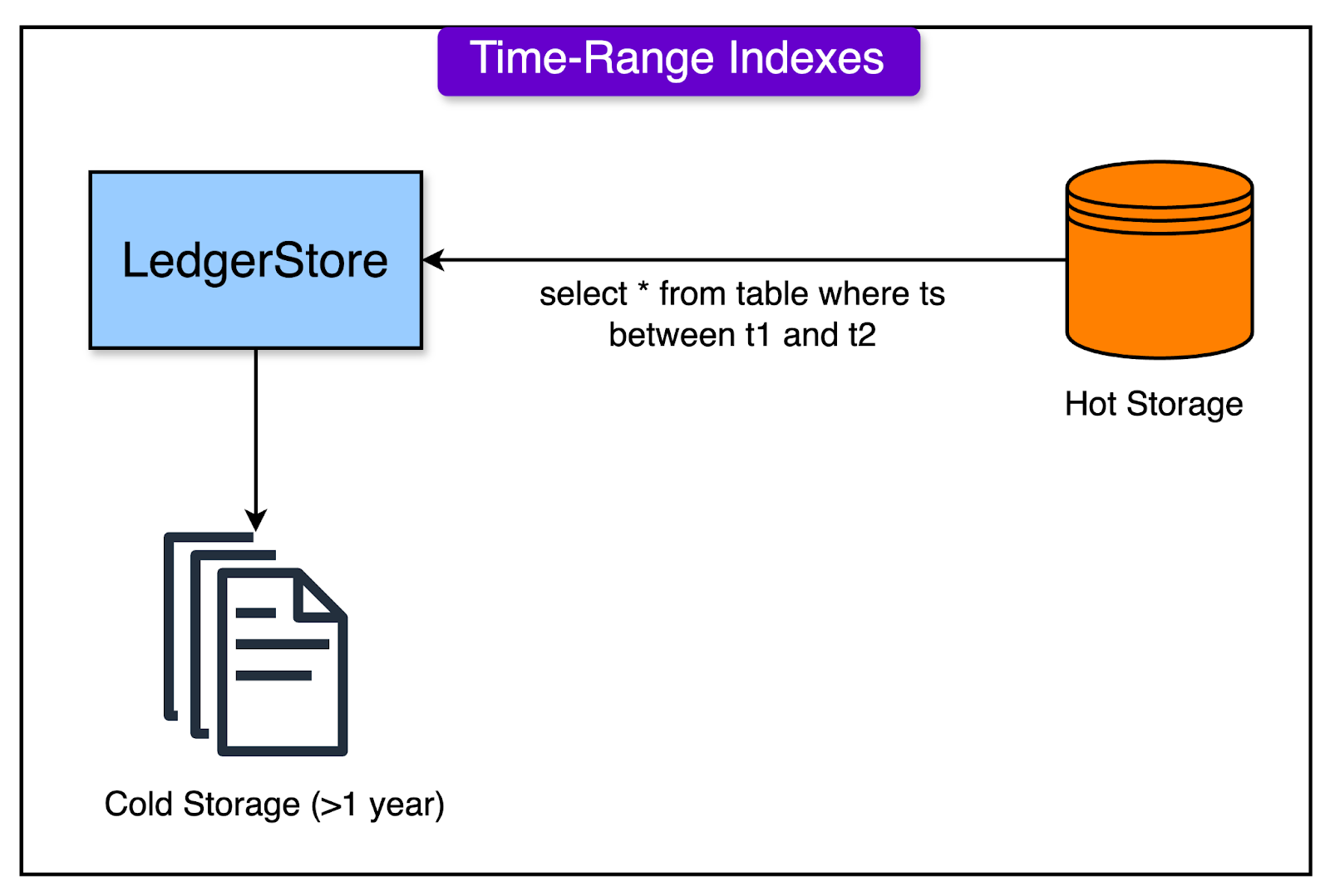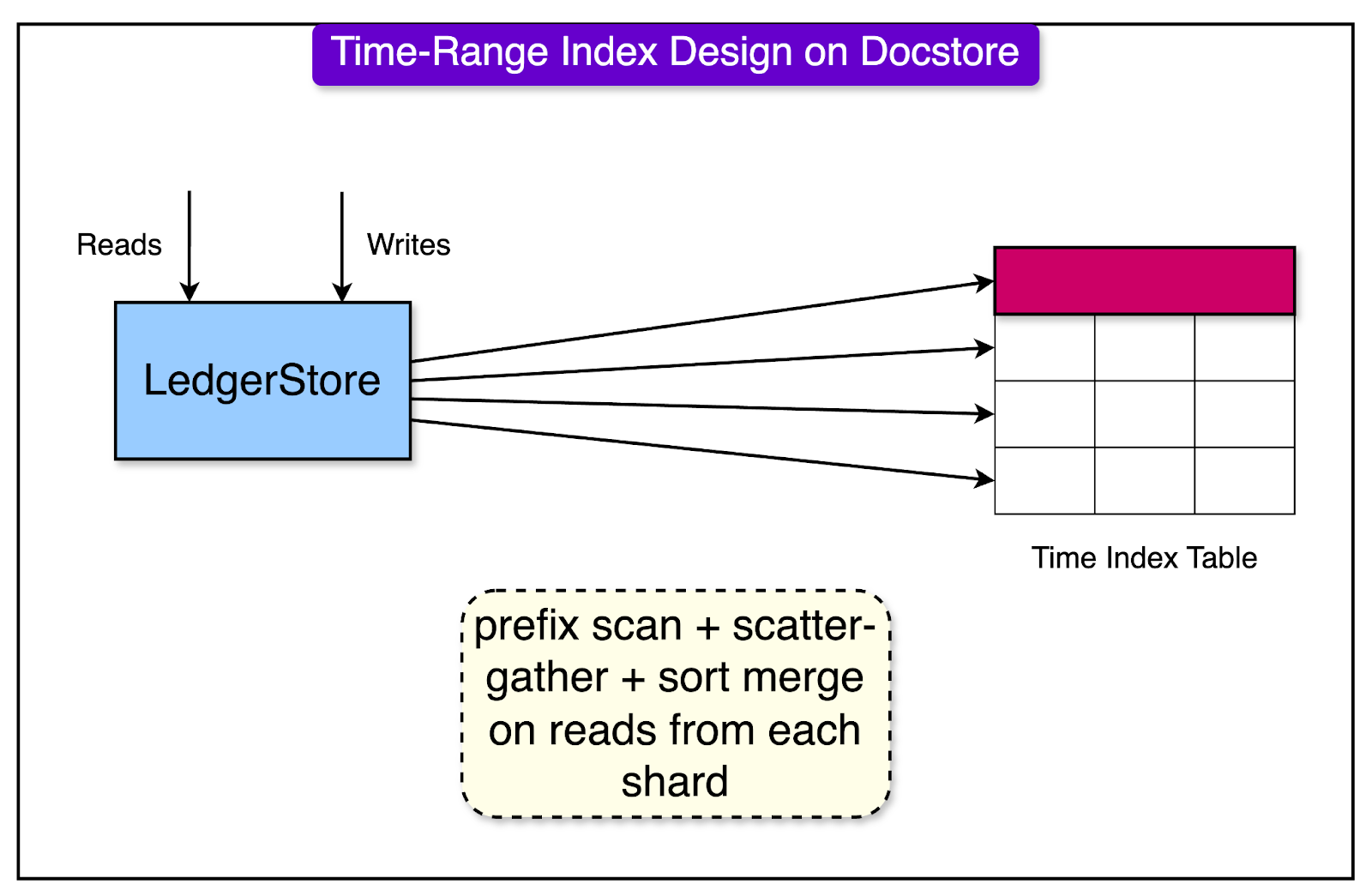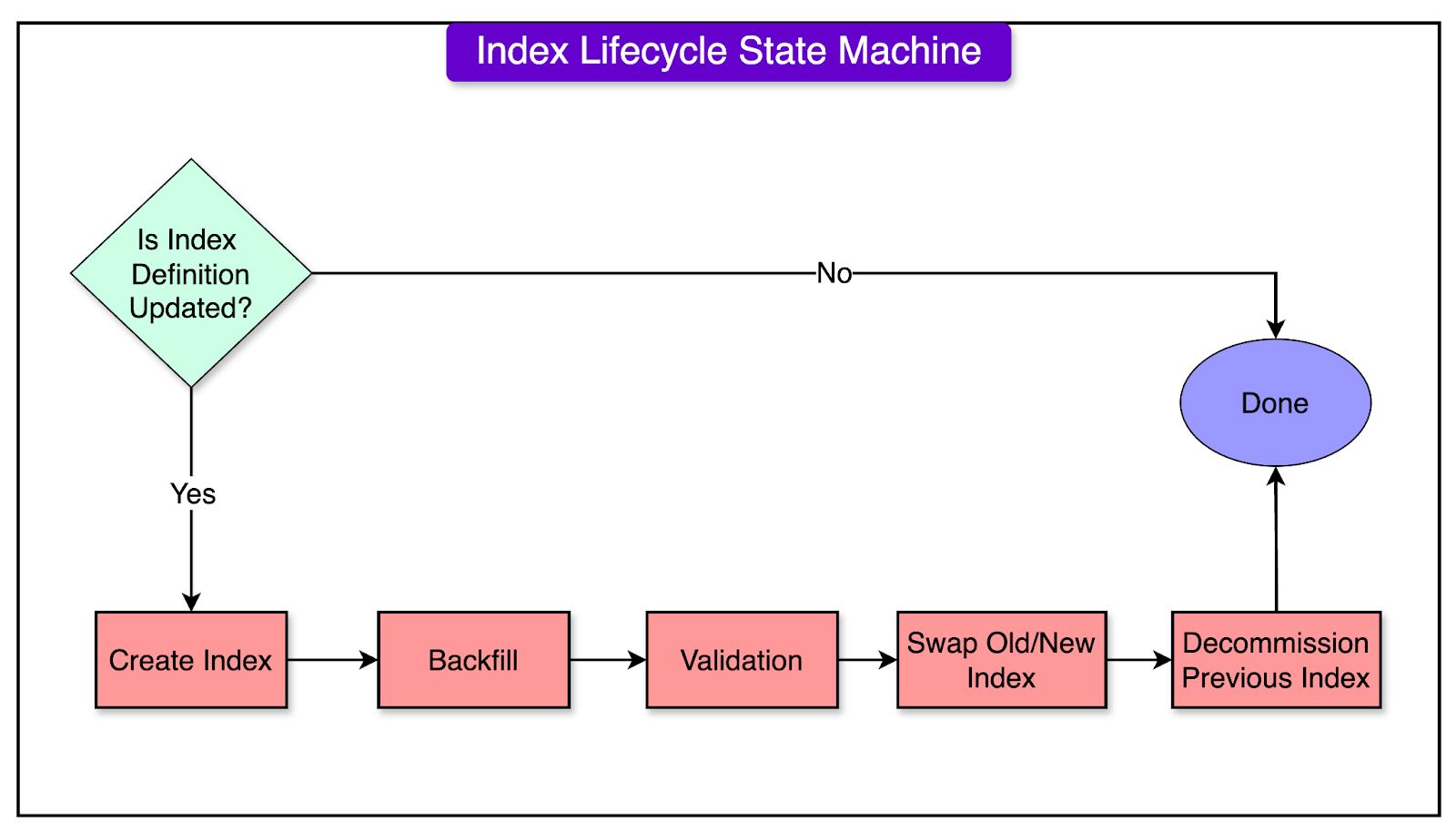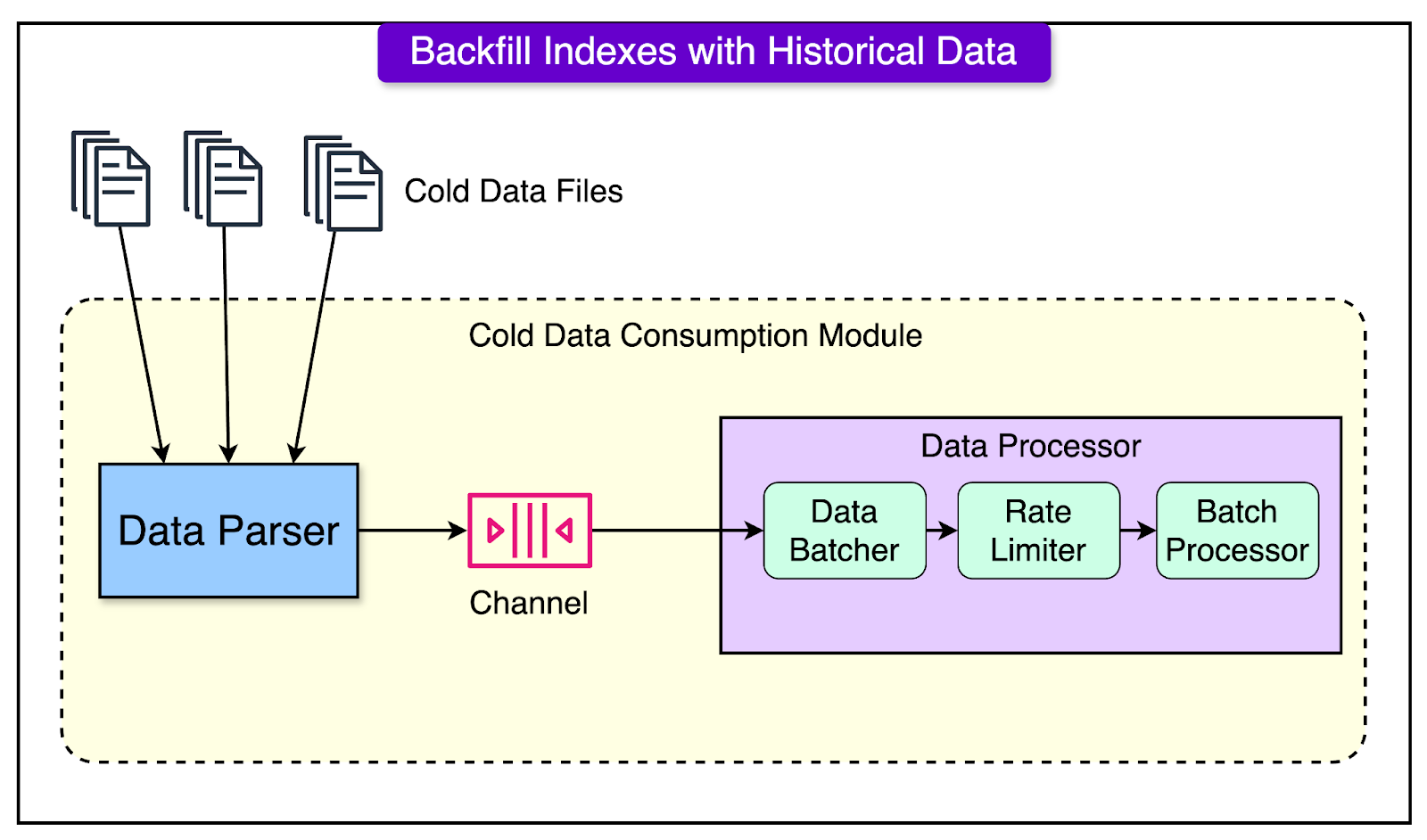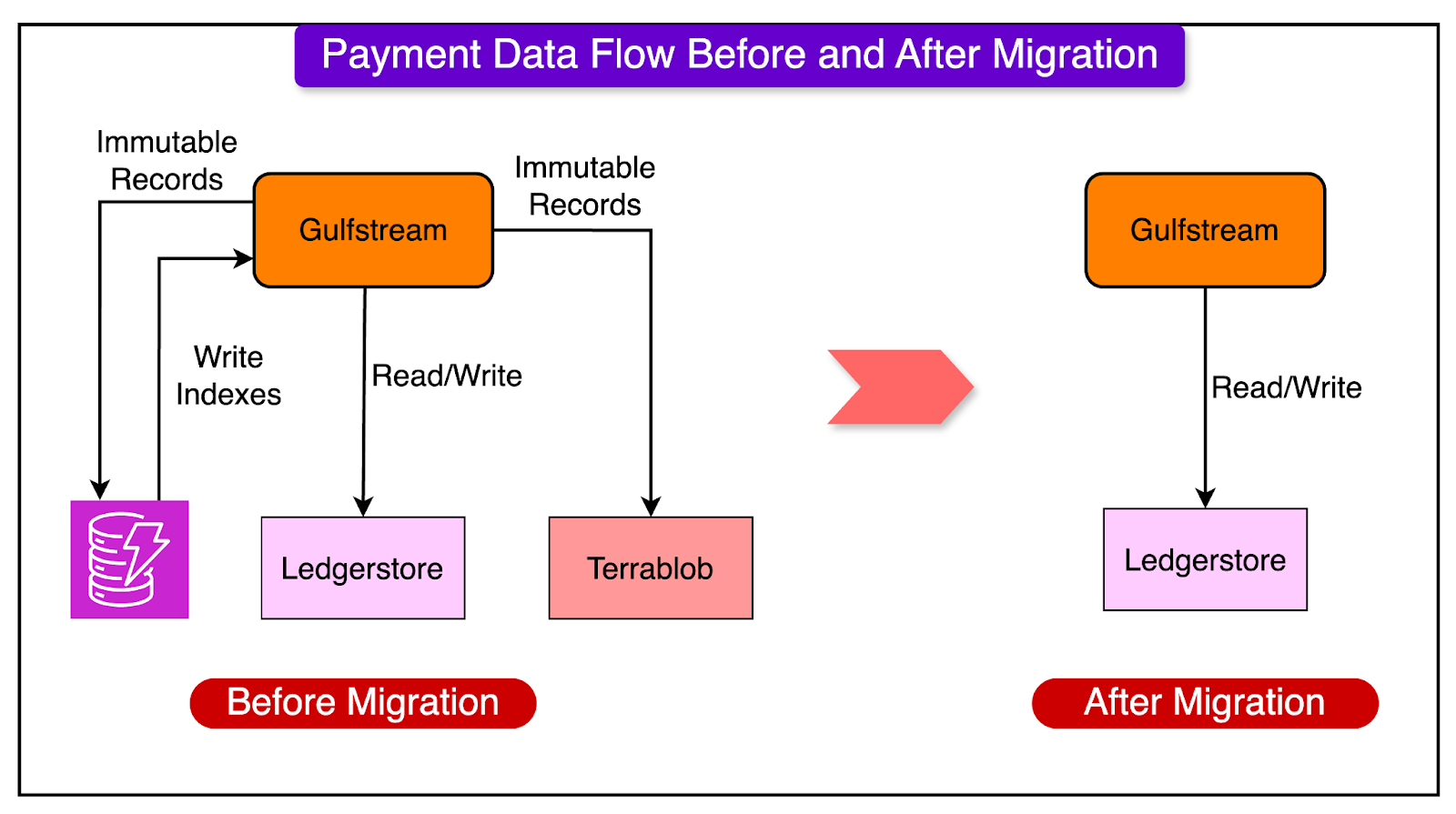Archives
- By thread 5204
-
By date
- June 2021 10
- July 2021 6
- August 2021 20
- September 2021 21
- October 2021 48
- November 2021 40
- December 2021 23
- January 2022 46
- February 2022 80
- March 2022 109
- April 2022 100
- May 2022 97
- June 2022 105
- July 2022 82
- August 2022 95
- September 2022 103
- October 2022 117
- November 2022 115
- December 2022 102
- January 2023 88
- February 2023 90
- March 2023 116
- April 2023 97
- May 2023 159
- June 2023 145
- July 2023 120
- August 2023 90
- September 2023 102
- October 2023 106
- November 2023 100
- December 2023 74
- January 2024 75
- February 2024 75
- March 2024 78
- April 2024 74
- May 2024 108
- June 2024 98
- July 2024 116
- August 2024 134
- September 2024 130
- October 2024 141
- November 2024 171
- December 2024 115
- January 2025 216
- February 2025 140
- March 2025 220
- April 2025 233
- May 2025 239
- June 2025 303
- July 2025 15
-
Plans To Bid
Hi,I hope this email finds you well.We are an estimation company .We provide costing & take-offs services to General contractors, Sub-Contractors, Home builders and Owners.We work on both Commercial and Residential.Let me know if you are interested or you want to learn more.Have a Nice Day!RegardsRiver PearsonEstimation DepartmentBrink Estimating, LLC.
by "RiverPearson" <riverpearson3@gmail.com> - 01:11 - 26 Aug 2024 -
The Business Show UK 2024
Hi
Would you be interested in The Business Show UK 2024?
We can provide pricing details along with the number of contacts available.
The data fields include company names, contact details, email addresses, phone numbers, and more.
Best Regards,
Abhiishek
by "Abhishek Ab" <abhiishekab@gmail.com> - 07:41 - 26 Aug 2024 -
Your e-book is here.
Hello,
Please download your copy of A guide to securing organizations from MFA fatigue using the link below.
We hope this e-book proves to be an interesting read!
Want to know more about the identity and access management features we offer? Reply to this email with a date and time that's convenient, and we can have a quick discussion.
Cheers,
Anu
by anu@manageengine.com - 05:37 - 26 Aug 2024 -
[E-book] Thank you for your interest in our e-book
Hello, Thank you for your interest in our AD Automation guide. Read now In this guide, you’ll learn about 10 critical AD tasks that can be automated, the limitations of native AD when it comes to automation and how you can overcome them with ADManager Plus. If you have any questions that you’d like answered, drop a mail. Cheers,
Anu
IAM Expert
ManageEngine
by anu@manageengine.com - 05:36 - 26 Aug 2024 -
EP126: The Ultimate Kafka 101 You Cannot Miss
EP126: The Ultimate Kafka 101 You Cannot Miss
This week’s system design refresher:͏ ͏ ͏ ͏ ͏ ͏ ͏ ͏ ͏ ͏ ͏ ͏ ͏ ͏ ͏ ͏ ͏ ͏ ͏ ͏ ͏ ͏ ͏ ͏ ͏ ͏ ͏ ͏ ͏ ͏ ͏ ͏ ͏ ͏ ͏ ͏ ͏ ͏ ͏ ͏ ͏ ͏ ͏ ͏ ͏ ͏ ͏ ͏ ͏ ͏ ͏ ͏ ͏ ͏ ͏ ͏ ͏ ͏ ͏ ͏ ͏ ͏ ͏ ͏ ͏ ͏ ͏ ͏ ͏ ͏ ͏ ͏ ͏ ͏ ͏ ͏ ͏ ͏ ͏ ͏ ͏ ͏ ͏ ͏ ͏ ͏ ͏ ͏ ͏ ͏ ͏ ͏ ͏ ͏ ͏ ͏ ͏ ͏ ͏ ͏ ͏ ͏ ͏ ͏ ͏ ͏ ͏ ͏ ͏ ͏ ͏ ͏ ͏ ͏ ͏ ͏ ͏ ͏ ͏ ͏ ͏ ͏ ͏ ͏ ͏ ͏ ͏ ͏ ͏ ͏ ͏ ͏ ͏ ͏ ͏ ͏ ͏ ͏ ͏ ͏ ͏ ͏ ͏ ͏ ͏ ͏ ͏ ͏ ͏ ͏ ͏ ͏ ͏ ͏ ͏ ͏ ͏ ͏ ͏ ͏ ͏ ͏ ͏ ͏ ͏ ͏ ͏ ͏ ͏ ͏ ͏ ͏ ͏ ͏ ͏ ͏ ͏ ͏ ͏ ͏ ͏ ͏ ͏ ͏ ͏ ͏ ͏ ͏ ͏ ͏ ͏ ͏ ͏ ͏ ͏ ͏ ͏ ͏ ͏ ͏ Forwarded this email? Subscribe here for moreThis week’s system design refresher:
How the Internet Works in 9 Minutes (Youtube video)
AWS Services Cheat Sheet
The Ultimate Kafka 101 You Cannot Miss
8 Tips for Efficient API Design
SPONSOR US
✂️Cut your QA cycles down to minutes with automated testing (Sponsored)
Are slow test cycles bottlenecking your dev teams’ release velocity? With QA Wolf, your organization can run entire test suites in minutes for faster feedback and developer confidence to ship.
QA Wolf takes testing off your plate. They can get you:
80% automated test coverage in weeks—not years
24-hour maintenance and on-demand test creation
Zero flakes, guaranteed
The benefit? No more manual E2E testing. No more slow QA cycles. No more bugs reaching production.
With QA Wolf, Drata’s team of 80+ engineers achieved 4x more test cases and 86% faster QA cycles.
🌟Rated 4.8/5 on G2.
How the Internet Works in 9 Minutes
AWS Services Cheat Sheet
AWS grew from an in-house project to the market leader in cloud services, offering so many different services that even experts can find it a lot to take in.
The platform not only caters to foundational cloud needs but also stays at the forefront of emerging technologies such as machine learning and IoT, establishing itself as a bedrock for cutting-edge innovation. AWS continuously refines its array of services, ensuring advanced capabilities for security, scalability, and operational efficiency are available.
For those navigating the complex array of options, this AWS Services Guide is a helpful visual aid.
It simplifies the exploration of AWS's expansive landscape, making it accessible for users to identify and leverage the right tools for their cloud-based endeavors.
Over to you: What improvements would you like to see in AWS services based on your usage?Latest articles
If you’re not a paid subscriber, here’s what you missed.
To receive all the full articles and support ByteByteGo, consider subscribing:
The Ultimate Kafka 101 You Cannot Miss
Kafka is super-popular but can be overwhelming in the beginning.
Here are 8 simple steps that can help you understand the fundamentals of Kafka.
What is Kafka?
Kafka is a distributed event store and a streaming platform. It began as an internal project at LinkedIn and now powers some of the largest data pipelines in the world in orgs like Netflix, Uber, etc.Kafka Messages
Message is the basic unit of data in Kafka. It’s like a record in a table consisting of headers, key, and value.Kafka Topics and Partitions
Every message goes to a particular Topic. Think of the topic as a folder on your computer. Topics also have multiple partitions.Advantages of Kafka
Kafka can handle multiple producers and consumers, while providing disk-based data retention and high scalability.Kafka Producer
Producers in Kafka create new messages, batch them, and send them to a Kafka topic. They also take care of balancing messages across different partitions.Kafka Consumer
Kafka consumers work together as a consumer group to read messages from the broker.Kafka Cluster
A Kafka cluster consists of several brokers where each partition is replicated across multiple brokers to ensure high availability and redundancy.Use Cases of Kafka
Kafka can be used for log analysis, data streaming, change data capture, and system monitoring.
Over to you: What else would you add to get a better understanding of Kafka?
8 Tips for Efficient API Design
Domain Model Driven
When designing the path structure of a RESTful API, we can refer to the domain model.Choose Proper HTTP Methods
Defining a few basic HTTP Methods can simplify the API design. For example, PATCH can often be a problem for teams.Implement Idempotence Properly
Designing for idempotence in advance can improve the robustness of an API. GET method is idempotent, but POST needs to be designed properly to be idempotent.Choose Proper HTTP Status Codes
Define a limited number of HTTP status codes to use to simplify application development.Versioning
Designing the version number for the API in advance can simplify upgrade work.Semantic Paths
Using semantic paths makes APIs easier to understand, so that users can find the correct APIs in the documentation.Batch Processing
Use batch/bulk as a keyword and place it at the end of the path.Query Language
Designing a set of query rules makes the API more flexible. For example, pagination, sorting, filtering etc.
SPONSOR US
Get your product in front of more than 1,000,000 tech professionals.
Our newsletter puts your products and services directly in front of an audience that matters - hundreds of thousands of engineering leaders and senior engineers - who have influence over significant tech decisions and big purchases.
Space Fills Up Fast - Reserve Today
Ad spots typically sell out about 4 weeks in advance. To ensure your ad reaches this influential audience, reserve your space now by emailing sponsorship@bytebytego.com
Like
Comment
Restack
© 2024 ByteByteGo
548 Market Street PMB 72296, San Francisco, CA 94104
Unsubscribe
by "ByteByteGo" <bytebytego@substack.com> - 11:35 - 24 Aug 2024 -
Re : Logo design at $75
Hi,I’m following up to confirm whether you received my previous email. I would appreciate it if you could take a moment to review the details below and let me know if you’re interested.Thank you for your time and consideration. I look forward to hearing from you.Kind Regards,PreetBD Executive…………………………………………………………….Hi,I hope this message finds you well.Every business has its own story and identity, and each owner is deeply connected to it. In a competitive market, a minimalistic and effective logo is key to reaching more customers. We specialize in designing unique logos that truly reflect your business.Our logo design package starts at just 75 USD and includes:- 4 Unique logo concepts
- Multiple revisions
- Web-ready files
- Print-ready files
- Vector file
- Full ownership
- Premium support
If you’re interested in exploring how we can realize your brand’s vision, send over your thoughts or requirements. I’m ready to assist and address any questions you might have.Looking forward to work with you!Kind Regards,PreetBD Executive
by "Preet kaur" <pr3epreet@yandex.com> - 09:02 - 23 Aug 2024 -
Most popular recent issues—and a brief pause
The Shortlist
The Shortlist will be back September 6 Thanks for your ongoing interest in the CEO Shortlist and for helping make it one of our longest-running and most popular longform newsletters. The CEO Shortlist will be taking a break, but we’ll be back in your inbox on September 6 to continue delivering our bi-weekly sampling of McKinsey insights. When we return, look out for insightful reflections from CEOs in The Journey of Leadership by Dana Maor, Kurt Strovink, Ramesh Srinivasan, and senior partner emeritus Hans-Werner Kaas.
In the meantime, you can browse through past issues here—and be sure you didn’t miss recent favorites on the consumer goods industry, building a superpower, and what generative AI could be worth to business.
If you have friends or colleagues you think might enjoy the CEO Shortlist when it’s back, we hope you’ll consider forwarding this email or sharing it on LinkedIn, X, or Facebook. If they want to get future issues in their inbox—or to see our 40+ other free email products—they can sign up at mckinsey.com/subscriptions. (You might want to check it out too, to revisit your subscriptions or find out about any new ones.)This email contains information about McKinsey’s research, insights, services, or events. By opening our emails or clicking on links, you agree to our use of cookies and web tracking technology. For more information on how we use and protect your information, please review our privacy policy.
You received this email because you subscribed to The CEO Shortlist newsletter.
Copyright © 2024 | McKinsey & Company, 3 World Trade Center, 175 Greenwich Street, New York, NY 10007
by "McKinsey CEO Shortlist" <publishing@email.mckinsey.com> - 02:15 - 23 Aug 2024 -
𝐍𝐞𝐞𝐝 𝐬𝐤𝐢𝐥𝐥𝐞𝐝 𝐝𝐞𝐯𝐞𝐥𝐨𝐩𝐞𝐫𝐬?
Hello,Hope you are doing well,We have Laravel, Php developers available now, with 6 years of experience and rates starting at just $10 per hour.
Let me know if you require.Best,Ashish
by "Ashish" <ashishi@xoniergroup.com> - 12:45 - 22 Aug 2024 -
A Crash Course on Scaling the API Layer
A Crash Course on Scaling the API Layer
The API (Application Programming Interface) layer serves as the backbone for communication between clients and the backend services in modern internet-based applications.͏ ͏ ͏ ͏ ͏ ͏ ͏ ͏ ͏ ͏ ͏ ͏ ͏ ͏ ͏ ͏ ͏ ͏ ͏ ͏ ͏ ͏ ͏ ͏ ͏ ͏ ͏ ͏ ͏ ͏ ͏ ͏ ͏ ͏ ͏ ͏ ͏ ͏ ͏ ͏ ͏ ͏ ͏ ͏ ͏ ͏ ͏ ͏ ͏ ͏ ͏ ͏ ͏ ͏ ͏ ͏ ͏ ͏ ͏ ͏ ͏ ͏ ͏ ͏ ͏ ͏ ͏ ͏ ͏ ͏ ͏ ͏ ͏ ͏ ͏ ͏ ͏ ͏ ͏ ͏ ͏ ͏ ͏ ͏ ͏ ͏ ͏ ͏ ͏ ͏ ͏ ͏ ͏ ͏ ͏ ͏ ͏ ͏ ͏ ͏ ͏ ͏ ͏ ͏ ͏ ͏ ͏ ͏ ͏ ͏ ͏ ͏ ͏ ͏ ͏ ͏ ͏ ͏ ͏ ͏ ͏ ͏ ͏ ͏ ͏ ͏ ͏ ͏ ͏ ͏ ͏ ͏ ͏ ͏ ͏ ͏ ͏ ͏ ͏ ͏ ͏ ͏ ͏ ͏ ͏ ͏ ͏ ͏ ͏ ͏ ͏ ͏ ͏ ͏ ͏ ͏ ͏ ͏ ͏ ͏ ͏ ͏ ͏ ͏ ͏ ͏ ͏ ͏ ͏ ͏ ͏ ͏ ͏ ͏ ͏ ͏ ͏ ͏ ͏ ͏ ͏ ͏ ͏ ͏ ͏ ͏ ͏ ͏ ͏ ͏ ͏ ͏ ͏ ͏ ͏ ͏ ͏ ͏ ͏ ͏ Forwarded this email? Subscribe here for moreLatest articles
If you’re not a subscriber, here’s what you missed this month.
To receive all the full articles and support ByteByteGo, consider subscribing:
The API (Application Programming Interface) layer serves as the backbone for communication between clients and the backend services in modern internet-based applications.
It acts as the primary interface through which clients, such as web or mobile applications, access the functionality and data provided by the application. The API Layer of any application has several key responsibilities such as:
Process incoming requests from clients based on the defined API contract.
Enforce security mechanisms and protocols by authenticating and authorizing clients based on their credentials or access tokens.
Orchestrate interactions between various backend services and aggregate the responses received from them.
Handle responses by formatting and returning the result to the client.
Due to the central role APIs play in the application architecture, they become critical for the application scalability.
The scalability of the API layer is crucial due to the following reasons:
Handling Load and Traffic Spikes: As applications become popular, they encounter increased traffic and sudden spikes in user demand. A scalable API can manage the increased load efficiently.
Better User Experience: The bar for user expectation has gone up. Most users these days expect fast and responsive applications. A scalable API ensures that the application can support a high number of users without compromising performance.
Cost and Resource Optimization: Scalable APIs unlock the path to better resource utilization. Rather than provisioning the infrastructure upfront for the highest demand level, instances are added and removed based on demand, resulting in reduced operational costs.
In this article, we’ll learn the key concepts a developer must understand for API scalability. We will also look at some tried and tested strategies for scaling the API layer with basic code examples for clarity. Lastly, we will also look at some best practices that can help with scaling the API layer.

Unlock this post for free, courtesy of Alex Xu.
A subscription gets you:
An extra deep dive on Thursdays Full archive Many expense it with team's learning budget Like
Comment
Restack
© 2024 ByteByteGo
548 Market Street PMB 72296, San Francisco, CA 94104
Unsubscribe
by "ByteByteGo" <bytebytego@substack.com> - 11:35 - 22 Aug 2024 -
Assessment Oman Rail
Greeting all
VENDOR REGISTRATION invitation If you intend to participate, please confirm your interest by requesting the Vendor Questionnaire and Expression of Interest form.
We appreciate your interest in this VENDOR REGISTRATION invitation and look forward to your reply.
Kind Regards,
Mr. Rafik Farah,
Snr. Procurement Coordinator.
OMAN RAIL - OMAN.
by "OMAN RAIL - OMAN" <reg@omanrailbidsom.com> - 08:03 - 22 Aug 2024 -
Project Bid
Hello,Electrical contractors and subcontractors can use the services provided by our Electrical Take-offs Company. For our take-offs, we employ Accu-Bid, EBM, McCormick, ConEst, Plans Swift, and Blue Beam. Before beginning a job, get in touch with us with the project's plans for a quote on our costs and turnaround time.Send an email for any samples, queries, and quotes for your projects.Thanks.Have a Nice Day!RegardsGazmir BogdaniEstimation DepartmentBrink Estimating, LLC.
by "Gazmir Bogdani" <gazmirbogdanighy67@gmail.com> - 05:01 - 21 Aug 2024 -
1,000,000 Special: 30% Off Annual Premium Subscription
1,000,000 Special: 30% Off Annual Premium Subscription
We're thrilled to announce that our ByteByteGo newsletter has hit a major milestone - 1 million subscribers!͏ ͏ ͏ ͏ ͏ ͏ ͏ ͏ ͏ ͏ ͏ ͏ ͏ ͏ ͏ ͏ ͏ ͏ ͏ ͏ ͏ ͏ ͏ ͏ ͏ ͏ ͏ ͏ ͏ ͏ ͏ ͏ ͏ ͏ ͏ ͏ ͏ ͏ ͏ ͏ ͏ ͏ ͏ ͏ ͏ ͏ ͏ ͏ ͏ ͏ ͏ ͏ ͏ ͏ ͏ ͏ ͏ ͏ ͏ ͏ ͏ ͏ ͏ ͏ ͏ ͏ ͏ ͏ ͏ ͏ ͏ ͏ ͏ ͏ ͏ ͏ ͏ ͏ ͏ ͏ ͏ ͏ ͏ ͏ ͏ ͏ ͏ ͏ ͏ ͏ ͏ ͏ ͏ ͏ ͏ ͏ ͏ ͏ ͏ ͏ ͏ ͏ ͏ ͏ ͏ ͏ ͏ ͏ ͏ ͏ ͏ ͏ ͏ ͏ ͏ ͏ ͏ ͏ ͏ ͏ ͏ ͏ ͏ ͏ ͏ ͏ ͏ ͏ ͏ ͏ ͏ ͏ ͏ ͏ ͏ ͏ ͏ ͏ ͏ ͏ ͏ ͏ ͏ ͏ ͏ ͏ ͏ ͏ ͏ ͏ ͏ ͏ ͏ ͏ ͏ ͏ ͏ ͏ ͏ ͏ ͏ ͏ ͏ ͏ ͏ ͏ ͏ ͏ ͏ ͏ ͏ ͏ ͏ ͏ ͏ ͏ ͏ ͏ ͏ ͏ ͏ ͏ ͏ ͏ ͏ ͏ ͏ ͏ ͏ ͏ ͏ ͏ ͏ ͏ ͏ ͏ ͏ ͏ ͏ ͏ Forwarded this email? Subscribe here for moreWe're thrilled to announce that our ByteByteGo newsletter has hit a major milestone - 1 million subscribers!
To celebrate this achievement, we're offering a special 30% discount on our Annual Premium Subscription, but only for a limited time from August 21st through August 27th.
For this one-week only promotion, you can upgrade to Premium and unlock a wealth of exclusive content at an unbeatable price. As a Premium subscriber, you'll receive:
🔹An extra in-depth system design deep dive every Thursday
🔹Full access to our entire Premium archive
Click here to claim your 30% discount on the ByteByteGo Premium subscription before time runs out.
Here's to 1 million amazing subscribers. We're excited to keep growing our community and delivering the best system design content around.
Thanks for being a part of the ByteByteGo journey!
Sincerely,
Alex & Sahn 👋
Like
Comment
Restack
© 2024 ByteByteGo
548 Market Street PMB 72296, San Francisco, CA 94104
Unsubscribe
by "ByteByteGo" <bytebytego@substack.com> - 11:35 - 21 Aug 2024 -
Introducing the My Caddie Golf Platform featuring Birchwood Golf Club
Introducing the My Caddie Golf Platform featuring Birchwood Golf Club
Hi there,
I hope you're well, I wanted to reach out because Your Telecoms Consultant has been recommended to us, and we have a unique opportunity that you may be interested in.
The My Caddie Golf Platform featuring Birchwood Golf Club can help you and the team generate business from our members and visitors, we are looking for a local Telecommunication Company to become our official partner.
Aligning your business with such a prestigious establishment can elevate your brand image and generate a positive association in the minds of potential customers.
This partnership presents an ideal opportunity to put your company in front of a vast, local and affluent audience whilst also giving you complimentary golf to use as you see fit. Even if you're too busy at the moment, we still like to have you on board as a trusted local company, who could provide our other partners with advice and pass on referrals.
Here are some of the features you will receive in the partnership:
- Exclusivity for your sector.
- Providing you with exposure on the members and visitors iPhone app.
- Exposure on the members and visitors Android app.
- Your branding on the flyovers on one of the holes on our Birchwood Golf Club web flyovers which is trackable and targeted to your demographic within the local area.
- Access to our networking groups between all partners and plus ones.
- Complimentary golf for you to entertain clients, colleagues and guests.
The cost is the equivalent of just £26 per week for a 2-year partnership + £399 Artwork (one-off, optional) + VAT.
Artwork is optional but if you want us to do it for you, you can change it up to 8 times over the 2 years so every quarter you can revamp it and put new offers on. We'll also give It to you for further marketing.
I have reached out to a number of companies locally and will be operating on a first come first serve basis so if the above is of interest please let me know as soon as possible to avoid disappointment.
Best wishes,
Jack StevensAccount Manager0330 0436 463
We have sent this email to info@learn.odoo.com having found your company contact details online. If you don't want to get any more emails from us you can stop them here.
West 1 Group UK Limited, registered in England and Wales under company number 07574948. Our registered office is Unit 1 Airport West, Lancaster Way, Yeadon, Leeds, West Yorkshire, LS19 7ZA.
Disclaimer: Our app operates independently. While we provide authentic and accurate hole-by-hole guides, we do not have a direct association with Birchwood Golf Club or claim any endorsement from them. We aim to offer golfers a reliable guide as they navigate their favourite courses. As a value-add for our advertisers, we offer free tee times at Birchwood Golf Club which we procure as any customer would, directly from the venue. We also host networking events, which may be held a various local venues as well as online sessions.Furthermore, advertisers have the unique opportunity to be featured in our flyovers of each golf hole. All offerings are subject to availability and terms.
by "Jack Stevens" <jack@w1g.biz> - 05:47 - 21 Aug 2024 -
RE: The Business Show UK 2024
Good day,
I hope you received my previous email? Any thoughts from you will be greatly appreciated.
Regards,
Gina
From: Gina Bernard
Sent: 20 August 2024 16:32
Subject: The Business Show UK 2024Hello,
Would you be interested in The Business Show UK attendees list
It’s a Paid list
Regards,
Gina
by "Gina Bernard" <gina.bernard@serveitoutreach.shop> - 02:48 - 21 Aug 2024 -
Popular recent editions—and a brief respite
Intersection
Get your briefing Share these insights
Did you enjoy this newsletter? Forward it to colleagues and friends so they can subscribe too. Was this issue forwarded to you? Sign up for it and sample our 40+ other free email subscriptions here.
This email contains information about McKinsey’s research, insights, services, or events. By opening our emails or clicking on links, you agree to our use of cookies and web tracking technology. For more information on how we use and protect your information, please review our privacy policy.
You received this email because you subscribed to our McKinsey Quarterly Five Fifty alert list.
Copyright © 2024 | McKinsey & Company, 3 World Trade Center, 175 Greenwich Street, New York, NY 10007
by "McKinsey Quarterly Five Fifty" <publishing@email.mckinsey.com> - 04:27 - 20 Aug 2024 -
You're invited! Join us for a virtual event on the physical realities of the energy transition
Register now New from McKinsey & Company
Today’s energy system is a huge and deeply interlinked physical entity with around 60,000 power plants, two million kilometers of oil and gas pipelines, and 1.5 billion vehicles on the road. Despite the momentum of recent years, the energy transition is in its early stages. Only 10 percent of the low-emissions power capacity needed by 2050 to meet global climate commitments is currently deployed. Navigating the remaining 90 percent requires confronting the reality that the energy transition is at its core a physical transformation—on a colossal scale.
We have identified 25 physical challenges that must be addressed, which relate to the performance of low-emissions technologies and the scaling of the supply chains and infrastructure needed to deploy them.
Join us on Thursday, September 5 at 11:00AM–12:00PM ET (5:00PM–6:00PM CET) for a virtual event featuring a presentation by McKinsey’s Chris Bradley, Mekala Krishnan, Humayun Tai, and leading industry experts who will discuss the physical challenges that would need to be addressed for a successful energy transition and the opportunities for innovation and system reconfiguration to tackle them. This event will explore the findings of a new report, The hard stuff: Navigating the physical realities of the energy transition.
Among topics discussed will include:•
The nature of today’s energy system and its performance, and the potential for low-emissions technologies to match that performance
•
The current status of the energy transition
•
Our comprehensive stocktake of 25 physical challenges that would need to be addressed
•
Why 12 of the 25 challenges are particularly difficult to tackle—the demanding dozen
•
How CEOs and policymakers can use an understanding of the physical challenges to navigate through a successful transition
Once registered, you will receive an email confirmation and can add the event to your calendar. Registrants who can’t attend live will receive a recording of the event.
This email contains information about McKinsey's research, insights, services, or events. By opening our emails or clicking on links, you agree to our use of cookies and web tracking technology. For more information on how we use and protect your information, please review our privacy policy.
You received this email because you subscribed to our McKinsey Global Institute alert list.
Copyright © 2024 | McKinsey & Company, 3 World Trade Center, 175 Greenwich Street, New York, NY 10007
by "McKinsey & Company" <publishing@email.mckinsey.com> - 12:33 - 20 Aug 2024 -
Trillions of Indexes: How Uber’s LedgerStore Supports Such Massive Scale
Trillions of Indexes: How Uber’s LedgerStore Supports Such Massive Scale
Try Fully Managed Apache Airflow and get certified for FREE (Sponsored)͏ ͏ ͏ ͏ ͏ ͏ ͏ ͏ ͏ ͏ ͏ ͏ ͏ ͏ ͏ ͏ ͏ ͏ ͏ ͏ ͏ ͏ ͏ ͏ ͏ ͏ ͏ ͏ ͏ ͏ ͏ ͏ ͏ ͏ ͏ ͏ ͏ ͏ ͏ ͏ ͏ ͏ ͏ ͏ ͏ ͏ ͏ ͏ ͏ ͏ ͏ ͏ ͏ ͏ ͏ ͏ ͏ ͏ ͏ ͏ ͏ ͏ ͏ ͏ ͏ ͏ ͏ ͏ ͏ ͏ ͏ ͏ ͏ ͏ ͏ ͏ ͏ ͏ ͏ ͏ ͏ ͏ ͏ ͏ ͏ ͏ ͏ ͏ ͏ ͏ ͏ ͏ ͏ ͏ ͏ ͏ ͏ ͏ ͏ ͏ ͏ ͏ ͏ ͏ ͏ ͏ ͏ ͏ ͏ ͏ ͏ ͏ ͏ ͏ ͏ ͏ ͏ ͏ ͏ ͏ ͏ ͏ ͏ ͏ ͏ ͏ ͏ ͏ ͏ ͏ ͏ ͏ ͏ ͏ ͏ ͏ ͏ ͏ ͏ ͏ ͏ ͏ ͏ ͏ ͏ ͏ ͏ ͏ ͏ ͏ ͏ ͏ ͏ ͏ ͏ ͏ ͏ ͏ ͏ ͏ ͏ ͏ ͏ ͏ ͏ ͏ ͏ ͏ ͏ ͏ ͏ ͏ ͏ ͏ ͏ ͏ ͏ ͏ ͏ ͏ ͏ ͏ ͏ ͏ ͏ ͏ ͏ ͏ ͏ ͏ ͏ ͏ ͏ ͏ ͏ ͏ ͏ ͏ ͏ ͏ Forwarded this email? Subscribe here for moreTry Fully Managed Apache Airflow and get certified for FREE (Sponsored)
Run Airflow without the hassle and management complexity. Take Astro (the fully managed Airflow solution) for a test drive today and unlock a suite of features designed to simplify, optimize, and scale your data pipelines. For a limited time, new sign ups will receive a complimentary Airflow Fundamentals Certification exam (normally $150).
Disclaimer: The details in this post have been derived from the Uber Engineering Blog. All credit for the technical details goes to the Uber engineering team. The links to the original articles are present in the references section at the end of the post. We’ve attempted to analyze the details and provide our input about them. If you find any inaccuracies or omissions, please leave a comment, and we will do our best to fix them.
Ledgers are the source of truth of any financial event. By their very nature, ledgers are immutable. Also, we usually want to access data stored in these ledgers in various combinations.
With billions of trips and deliveries, Uber performs tens of billions of financial transactions. Merchants, riders, and customers are involved in these financial transactions. Money flows from the ones spending to the ones earning.
To manage this mountain of financial transaction data, the LedgerStore is an extremely critical storage solution for Uber. The myriad access patterns for the data stored in LedgerStore also create the need for a huge number of indexes.
In this post, we’ll look at how Uber implemented the indexing architecture for LedgerStore to handle trillions of indexes and how they migrated a trillion entries of Uber’s Ledger Data from DynamoDB to LedgerStore.
What is LedgerStore?
LedgerStore is Uber’s custom-built storage solution for managing financial transactions. Think of it as a giant, super-secure digital ledger book that keeps track of every financial event at Uber, from ride payments to food delivery charges.
What makes LedgerStore special is its ability to handle an enormous amount of data. We’re talking about trillions of entries.
Two main features supported by LedgerStore are:
Immutability: LedgerStore is designed to be immutable, which means once a record is written, it cannot be changed. This ensures the integrity of financial data.
Indexes: LedgerStore allows quick look-up of information using various types of indexes. For example, if someone needs to check all transactions for a particular user or all payments made on a specific date, LedgerStore can retrieve this information efficiently.
Ultimately, LedgerStore helps Uber manage its financial data more effectively, reducing costs compared to previous solutions.
Types of Indexes
LedgerStore supports three main types of indexes:
Strongly consistent indexes
Eventually consistent indexes
Time-range indexes
Let’s look at each of them in more detail.
Strongly Consistent Indexes
These indexes provide immediate read-your-write guarantees, crucial for scenarios like credit card authorization flows. For example, when a rider starts an Uber trip, a credit card hold is placed, which must be immediately visible to prevent duplicate charges.
See the diagram below that shows the credit-card payment flow for an Uber trip supported by strongly consistent indexes.
If the index is not strongly consistent, the hold may take a while to be visible upon reading. This can result in duplicate charges on the user’s credit card.
Strongly consistent indexes at Uber are built using the two-phase commit approach. Here’s how this approach works in the write path and read path.
1 - The Write Path
The write path consists of the following steps:
When a new record needs to be inserted, the system first writes an “index intent” to the index table. It could even be multiple indexes.
This intent signifies that a new record is about to be written. If the index intent write fails, the whole insert operation fails.
After the index intent is successfully written, the actual record is written to the main data store.
If the record write is also successful, the system commits the index. This is done asynchronously to avoid affecting the end-user insert latency.
The diagram below shows this entire process.
There is one special case to consider here: if the index intent write succeeds, but the record write fails, the index intent has to be rolled back to prevent the accumulation of unused intents. This part is handled during the read path.
2 - The Read Path
The below steps happen during the read path:
If a committed index entry is found, the response data is returned to the client.
If an index entry is found but with a “pending” status, the system must resolve its state. This is done by checking the main data store for the corresponding record.
If the record exists, the index is asynchronously committed and the record is returned to the user.
If the record doesn’t exist, the index intent is deleted or rolled back and the read operation does not return a result for the query.
The diagram below shows the process steps in more detail.
Reserve Your Seat Now! | Upcoming Cohort on Aug 26th, 2024 (Sponsored)
Build confidence without getting lost in technical jargon.
This cohort is designed to help you build a foundational understanding of software applications. You won’t just memorize a bunch of terms - you’ll actually understand how software products are designed and deployed to handle millions of users.
And our community will be here to give you the support, guidance, and accountability you’ll need to finally stick with it.
After only 4 weeks, you’ll look back and think.. “WOW! I can’t believe I did that.”
Now imagine if you could:
✅ Master technical concepts without getting lost in an internet maze.
✅ Stop asking engineers to dumb down concepts when talking to you.
✅ Predict risks, anticipate issues, and avoid endless back-and-forth.
✅ Improve your communication with engineers, users, and technical stakeholders.
Grab your spot now with an exclusive 25% off discount for ByteByteGo Readers. See you there!
Eventually Consistent Indexes
These indexes are designed for scenarios where real-time consistency is not critical, and a slight delay in index updates is acceptable. They offer better performance and availability at the cost of immediate consistency.
From a technical implementation point of view, the eventually consistent indexes are generated using the Materialized Views feature of Uber’s Docstore.
Materialized views are pre-computed result sets stored as a table, based on a query against the base table(s). The materialized view is updated asynchronously when the base table changes.
When a write occurs to the main data store, it doesn’t immediately update the index. Instead, a separate process periodically scans for changes and updates the materialized view. The consistency window is configurable and determines how frequently the background process runs to update the indexes.
In Uber’s case, the Payment History Display screen uses the eventually consistent indexes.
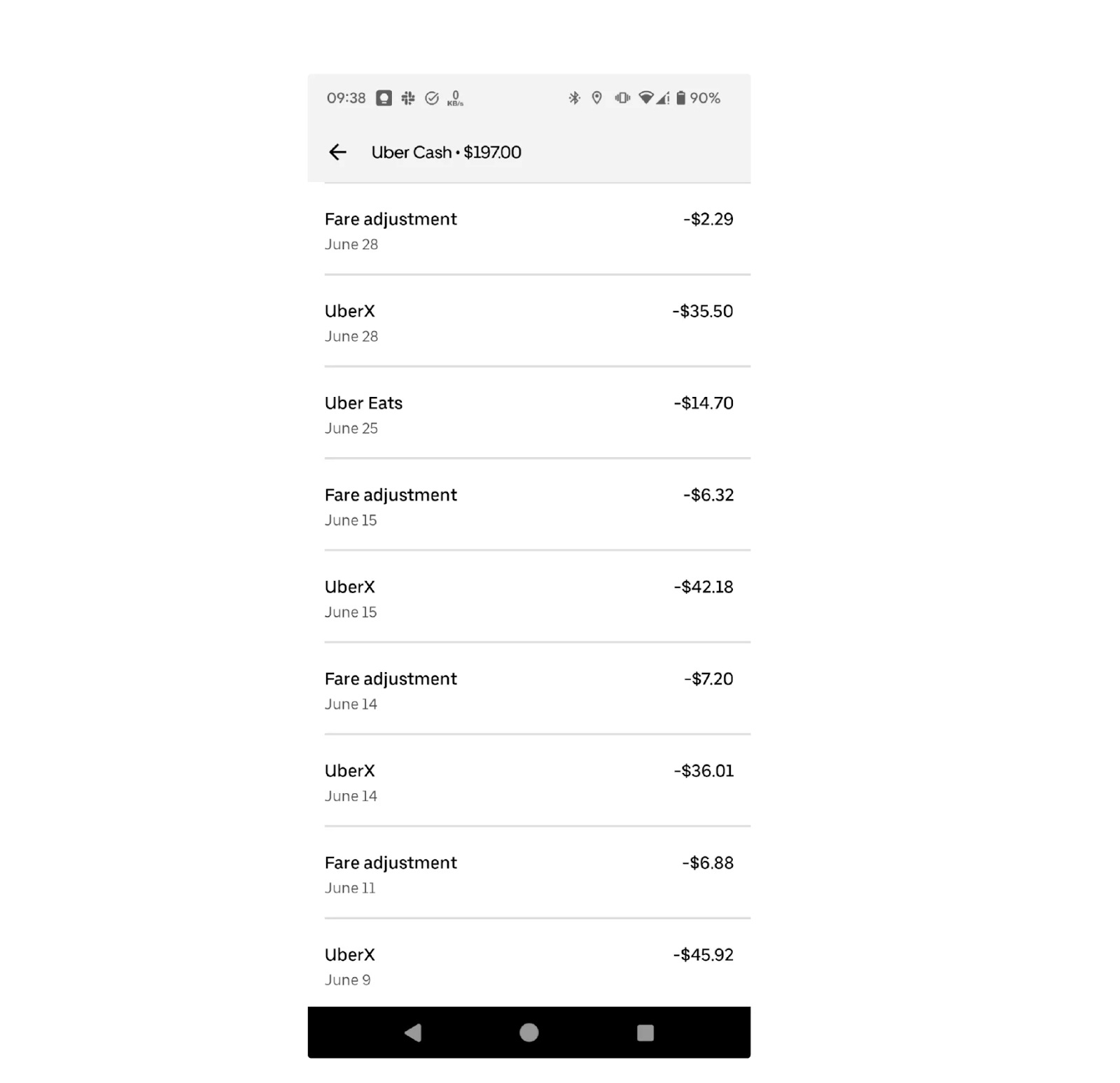
Source: Uber Engineering Blog Time-range Indexes
Time-range indexes are a crucial component of LedgerStore, designed to query data within specific time ranges efficiently.
These indexes are important for operations like offloading older ledger data to cold storage or sealing data for compliance purposes. The main characteristic of these indexes is their ability to handle deterministic time-range batch queries that are significantly larger in scope compared to other index types.
Earlier, the time-range indexes were implemented using a dual-table design approach in DynamoDB. However, it was operationally complex.
The migration of LedgerStore to Uber’s Docstore paved the path for a simpler implementation of the time-range index. Here’s a detailed look at the Docstore implementation for the time-range indexes:
Single Table Design: Only one table is used for time-range indexes in Docstore.
Partitioning Strategy: Index entries are partitioned based on full timestamp value. This ensures a uniform distribution of writes across partitions, eliminating the chances of hot partitions and write throttling.
Sorted Data Storage: Data is stored in a sorted manner based on the primary key (partition + sort keys).
Read Operation: Reads involve a prefix scanning of each shard of the table up to a certain time granularity. For example, to read 30 minutes of data, the operation might be broken down into three 10-minute interval scans. Each scan is bounded by start and end timestamps. After scanning, a scatter-gather operation is performed, followed by sort merging across shards to obtain all time-range index entries in the given window, in a sorted fashion.
For clarity, consider a query to fetch all ledger entries between “2024-08-09 10:00:00” and “2024-08-09 10:30:00”. The query would be broken down into three 10-minute scans:
2024-08-09 10:00:00 to 2024-08-09 10:10:00
2024-08-09 10:10:00 to 2024-08-09 10:20:00
2024-08-09 10:20:00 to 2024-08-09 10:30:00
Each of these scans would be executed across all shards in parallel. The results would then be merged and sorted to provide the final result set.
The diagram below shows the overall process:
Index Lifecycle Management
Index lifecycle management is another component of LedgerStore’s architecture that handles the design, modification, and decommissioning of indexes.
Let’s look at the main parts of the index lifecycle management system.
Index Lifecycle State Machine
This component orchestrates the entire lifecycle of an index:
Creating the index table
Backfilling it with historical index entries
Validating the entries for completeness
Swapping the old index with the new one for read/write operations
Decommissioning the old index
The state machine ensures that each step is completed correctly before moving to the next, maintaining data integrity throughout the process.
The diagram below shows all the steps:
Historical Index Data Backfill
When new indexes are defined or existing ones are modified, it’s essential to backfill historical data to ensure completeness.
The historical index data backfill component performs the following tasks:
Builds indexes from historical data stored in cold storage.
Backfills the data to the storage layer in a scalable manner.
Uses configurable rate-limiting and batching to manage the process efficiently.
Index Validation
After indexes are backfilled, they need to be verified for completeness. This is done through an offline job that:
Computes order-independent checksums at a certain time-window granularity.
Compares these checksums across the source of truth data and the index table.
From a technical point of view, the component uses a time-window approach i.e. computing checksums for every 1-hour block of data. Even if a single entry is missed, the aggregate checksum for that time window will lead to a mismatch.
For example, If checksums are computed for 1-hour blocks, and an entry from 2:30 PM is missing, the checksum for the 2:00 PM - 3:00 PM block will not match.
Migration of Uber’s Payment Data to LedgerStore
Now that we have understood about LedgerStore’s indexing architecture and capabilities, let’s look at the massive migration of Uber’s payment data to LedgerStore.
Uber’s payment platform, Gulfstream, was initially launched in 2017 using Amazon DynamoDB for storage. However, as Uber’s operations grew, this setup became increasingly expensive and complex.
By 2021, Gulfstream was using a combination of three storage systems:
DynamoDB for the most recent 12 weeks of data. This was the hot data.
TerraBlob (Uber’s internal blob store like AWS S3) for older or cold data.
LedgerStore (LSG) where new data was being written and where they wanted to migrate all data.
The primary reasons for migrating to LedgerStore were as follows:
Cost savings: Moving to LedgerStore promised significant recurring cost savings compared to DynamoDB.
Simplification: Consolidating from three storage systems to one would simplify the code and design of the Gulfstream services.
Improved Performance: LedgerStore offered shorter indexing lag and reduced latency due to being on-premise.
Purpose-Built Design: LedgerStore was specifically designed for storing payment-style data, offering features like verifiable immutability and tiered storage for cost management.
The migration was a massive undertaking. Some statistics are as follows:
1.2 Petabytes of compressed data
Over 1 trillion entries
0.5 PB of uncompressed data for secondary indexes.
For reference, storing this data on typical 1 TB hard drives requires a total of 1200 hard drives just for the compressed data.
Checks
One of the key goals of the migration was to ensure that the backfill was correct and acceptable. Also, the current traffic requirements needed to be fulfilled.
Key validation methods adopted were as follows:
1 - Shadow Validation
This ensured that the new LedgerStore system could handle current traffic patterns without disruption.
Here’s how it worked:
The system would compare responses from the existing DynamoDB-based system with what the LedgerStore would return for the same queries. This allowed the team to catch any discrepancies in real time.
An ambitious goal was to ensure 99.99% completeness and correctness with an upper bound of 99.9999%.
To achieve six nines of confidence, the team needed to compare at least 100 million records. At a rate of 1000 comparisons per second, this would take more than a day to collect sufficient data.
During shadow validation, production traffic was duplicated on LedgerStore. This helped the team verify the LedgerStore’s ability to handle the production load.
2 - Offline Validation
While shadow validation was effective for current traffic patterns, it couldn’t provide strong guarantees about rarely-accessed historical data. This is where offline validation came into play.
Here’s how it worked:
Offline validation involved comparing complete data dumps from DynamoDB with the data in LedgerStore. The largest offline validation job compared 760 billion records, involving 70 TB of compressed data.
The team used Apache Spark for these massive comparison jobs, leveraging distributed shuffle-as-a-service for Spark.
Backfill Issues
The process of migrating Uber’s massive ledger data from DynamoDB to LedgerStore involved several backfill challenges that had to be solved:
Scalability: The engineering team learned that starting small and gradually increasing the scale was crucial. Blindly pushing beyond the system’s limit could create a DDoS attack on their systems.
Incremental Backfills: Given the enormous volume of data, attempting to backfill all at once would generate 10 times the normal traffic load. The solution was to break the backfill into smaller, manageable batches that could be completed within minutes.
Rate Control: To ensure consistent behavior during backfill, the team implemented rate control using Guava’s RateLimiter in Java/Scala. The team also developed a system to dynamically adjust the backfill rate based on the current system load. For this, they used an additive increase/multiplicative decrease approach similar to TCP congestion control.
Data File Size Management: The team found that managing the size of data files was important. They aimed to keep the file sizes around 1 GB, with flexibility between 100 MB and 10 GB. This approach helped avoid issues like MultiPart limitations in various tools and prevented problems associated with having too many small files.
Fault Tolerance: Data quality issues and data corruption were inevitable. The team’s solution was to monitor statistics. If the failure rate was high, they would manually stop the backfill, fix the issue, and continue. For less frequent issues, they let the backfill continue while addressing problems in parallel.
Logging Challenges: Excessive logging during backfill could overload the logging infrastructure. The solution was to use a rate limiter for logging. For example, they might log only once every 30 seconds for routine operations while logging all errors if they occurred infrequently.
Conclusion
The impact of Uber’s ledger data migration to LedgerStore has been amazing, with over 2 trillion unique indexes successfully transferred without a single data inconsistency detected in over six months of production use.
This migration, involving 1.2 PB of compressed data and over 1 trillion entries, showcases Uber’s ability to handle massive-scale data operations without disrupting critical financial processes. It also provides great learning points for the readers.
The cost savings from this migration have been substantial, with estimated yearly savings exceeding $6 million due to reduced spend on DynamoDB. Performance improvements have been notable, with LedgerStore offering shorter indexing lag and better network latency due to its on-premise deployment within Uber’s data centers.
References:
Like
Comment
Restack
© 2024 ByteByteGo
548 Market Street PMB 72296, San Francisco, CA 94104
Unsubscribe
by "ByteByteGo" <bytebytego@substack.com> - 11:35 - 20 Aug 2024 -
The Business Show UK 2024
Hello,
Would you be interested in The Business Show UK attendees list
It’s a Paid list
Regards,
Gina
by "Gina Bernard" <gina.bernard@serveitoutreach.shop> - 07:01 - 20 Aug 2024 -
The hard stuff: Navigating the physical realities of the energy transition
Forge a path New from McKinsey Global Institute
This email contains information about McKinsey's research, insights, services, or events. By opening our emails or clicking on links, you agree to our use of cookies and web tracking technology. For more information on how we use and protect your information, please review our privacy policy.
You received this email because you subscribed to our McKinsey Global Institute alert list.
Copyright © 2024 | McKinsey & Company, 3 World Trade Center, 175 Greenwich Street, New York, NY 10007
by "McKinsey & Company" <publishing@email.mckinsey.com> - 12:39 - 19 Aug 2024 -
" Waiting For Your Quote`"
[ Hi ]
Do you have any plans & Drawings for an estimate?
You simply send us plans and mention the scope of work.
We give you an accurate estimate at lowest prices.
Best Regards,
[ Andrew ]
Unsubscribe
by "Kiven Brandon" <kiven.golabdea@gmail.com> - 09:53 - 19 Aug 2024
